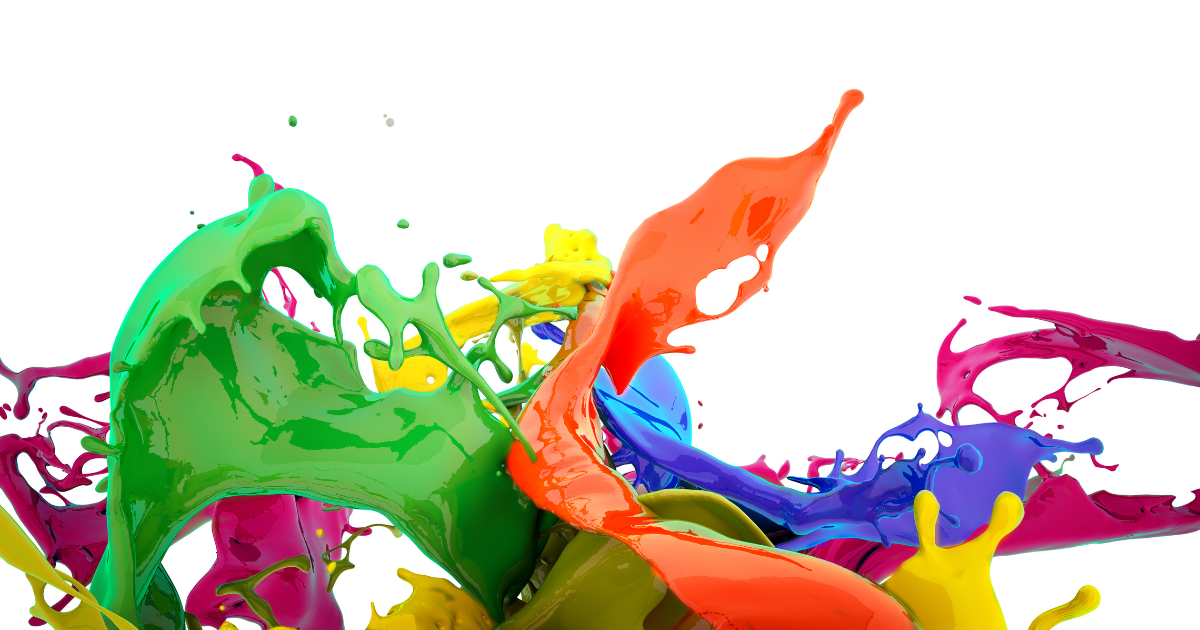Have you ever walked into a room and felt an immediate change in your mood, from sad to cheerful or calm to curious? It’s as if the walls themselves emit an emotional aura. Well, the truth is, they do! Colors are like emotional chameleons, quietly shaping our feelings in ways we might not even realize. They possess the ability to create an emotional landscape as vibrant and diverse as the color spectrum itself. Curious? Come along as we explore the fascinating world of color psychology. Let’s unlock the mysteries of how can colors affect our emotions and moods. Get ready to explore the science, culture, and magic behind the chameleon effect of color!
The Power of Color Psychology
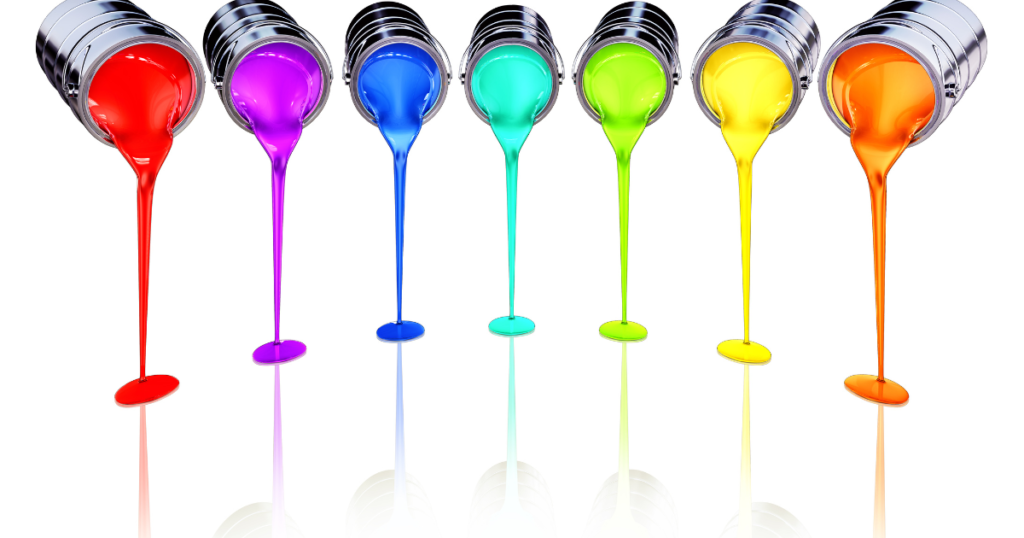
Color psychology delves into the fascinating world of understanding how color influences human behavior, emotions, and mental processes. This field of study explores the psychological and emotional impact of different colors on individuals, considering elements like culture, personal experiences, and associations.
Key aspects of color psychology include:
-
Cultural and Contextual Influences
Colors often convey different meanings and associations, varying significantly across cultures. For example, while white is often associated with purity and innocence in Western culture, it can represent mourning in some Eastern cultures. Additionally, the context in which the color is presented also plays a crucial role, as the same color may evoke different emotions in different settings.
-
Emotional Responses
Colors possess the ability to elicit emotional responses and impact mood. Warm colors like red and orange are often linked to energy, passion, and warmth, while cool colors like blue and green evoke feelings of calmness, tranquility, and serenity.
-
Physiological Effects
Some studies suggest that exposure to specific colors can trigger physiological effects on the human body. For example, it is believed that warm colors may increase heart rate and stimulate appetite, while cool colors may be associated with a calming effect.
-
Personal Associations
Personal experiences and individual preferences play a vital role in color perception. A color that holds positive associations for one person might evoke different connotations for someone else, shaped by their unique life experiences.
Read more blogs related to Education
A Rainbow of Emotions

Let’s dive deeper into the rainbow of emotions evoked by different colors:
1. Red: The Power of Passion

Red, pulsating with the fiery essence of life resonates with passion, excitement, and a hint of danger. Think of the blushing cheeks of a first kiss or the pulsating heat of a volcano. The vibrant intensity of red can increase heart rate and evoke a sense of urgency. This potent color has the power to energize, but in excess, it can also evoke aggression.
2. Blue: Tranquil Serenity
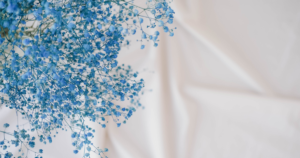
The vast ocean and endless sky, blue inspires serenity, trust, and a sense of peace. Picture calming waves, twilight skies, and the comforting aroma of blueberry muffins. Darker shades of blue may hint at sadness or mystery, while lighter shades softly whisper tranquility. This color is widely used to craft spaces that promote relaxation, concentration, and a sense of security.
3. Yellow: Radiant Joy
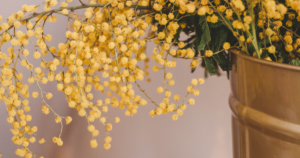
Yellow, like a ray of sunshine breaking through clouds, sparks cheerfulness, optimism, and intellectual stimulation. It’s the color of buzzing bees, happy smiles, and intellectual sparks. Bright yellow can be energizing, while softer, muted shades bring peace and clarity. The energetic effect of yellow has the power to uplift spirits, bringing a burst of sunshine into our lives and spaces.
4. Green: Harmony with Nature
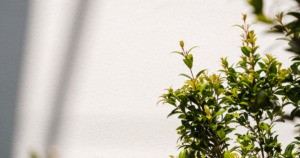
Green, reminiscent of lush meadows and whispering forests, embodies growth, harmony, and renewal. Picture the color of fresh salads, springtime leaves, and the comforting presence of moss. It is a color that soothes our eyes and connects us with the outdoors. Promoting balance and stress reduction, it fosters a profound sense of well-being, making it an ideal choice for creating spaces that echo the tranquility of nature.
5. Purple: Majestic Mystery

Royalty hidden in twilight, purple radiated a sense of luxury, wisdom, and creativity. Think amethyst jewels, lavender fields, and regal grapes. Deeper purples hint at mystery and introspection, while lighter shades evoke a playful and imaginative spirit. This color possesses the ability to infuse environments with grandeur and creativity, sparking feelings of inspiration and sophistication.
6. Orange: Energetic Warmth
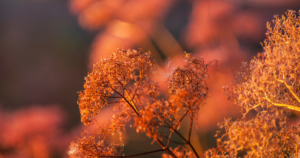
Orange, a vibrant and energetic color, radiates optimism, creativity, and warmth. It’s the color of playful sunsets, childhood laughter, and the friendly glow of pumpkin. Orange sparks joy and encourages sociability. This bright color breathes life into spaces, making it an excellent choice for areas where activity and energy are desired.
7. Pink: Gentle Compassion
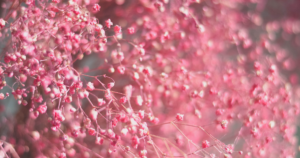
Whether in a soft blush or a vibrant fuchsia, pink’s versatility reflects love, romance, and gentle playfulness. Imagine delicate rose petals, playful flamingos, and fluffy cotton candy. While traditionally associated with femininity, pink also symbolizes confidence and unconventionality. It creates environments that promote understanding, empathy, and a gentle sense of connection.
8. Brown: Earthy Stability

Brown, akin to the sturdy earth and the comforting coffee, exudes stability, reliability, and warmth. It creates a grounded and reassuring feeling. Rich, dark browns whisper security and warmth, like a cozy armchair or weathered leather, while lighter shades suggest playfulness and autumnal nostalgia. However, vast expanses of brown can also exude loneliness and emptiness, reflecting the starkness of a desert or the solitude of isolation.
9. White: Whispers of Purity and Simplicity
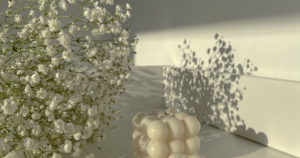
White, the color of every beginning and every end, radiates purity and innocence, much like freshly fallen snow or a child’s first birthday dress. It symbolizes freshness and cleanliness, evoking crisp, unbleached linen or a sun-drenched beach. This blank canvas aspect cultivates a sense of new beginnings and possibilities, inspiring creativity and a lighthearted mood. However, an excess of white can feel sterile and cold, akin to an empty hospital room or blinding snowdrift.
10. Black: Infinite Palette of Emotions
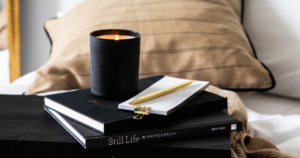
Black, with its enigmatic void and sleek tuxedo allure, is a color immersed in a tapestry of contrasts and complexities. Far from a one-dimensional color, its emotional impact shifts like a kaleidoscope depending on context, shade, and individual experience. It can whisper sophistication and power like a polished obsidian sculpture, or it envelops itself in an aura of mystery and fascination like a moonless night. Black can be a canvas for rebellion and individuality, like the iconic leather jacket of the rockstar, or a symbol of mourning and loss, like a mourning veil.
Final Thoughts
Remember, color perception can vary from person to person, shaped by individual experiences and cultural backgrounds. However, by understanding the general principles of color psychology, you can gain the ability to intentionally harness this captivating tool to create the emotions and moods you desire in your life.
Now, you know how color shapes our emotions and moods. So, the next time you choose a color, whether for your walls, your wardrobe, or simply the flowers you buy, pause for a moment to reflect on the emotions you want to evoke. With a little awareness, you can effortlessly use the chameleon effect of color to paint your own emotional masterpiece.


